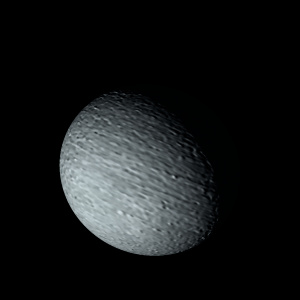|
|
Space Astro
|
Info for exoplanet "Ahuzun-y"
| Scientific (actual) data |
|---|
| Name | WASP-59 Ab |
| Planet status | Confirmed |
| Planet mass | 0.863 |
| Radius | 0.775 |
| Orbital period | 7.91959 |
| Semi major axis | 0.0697 |
| Orbit eccentricity | 0.1 |
| Inclination | 89.27 |
| Discovered | 2011 |
| Updated | 2024-09-06 |
| Omega | 74 |
| Tzero tr | 2455830 |
| Lambda angle | 16 |
| Impact parameter | 0.29 |
| K | 0.1096 |
| Temperature (kelvin) | 670 |
| Publication | Announced on a professional conference |
| Detection type | Primary Transit |
| Mass measurement type | Radial Velocity |
| Radius measurement type | Primary Transit |
| Alternate names | TOI-5969.01 |
| Star name | WASP-59 A |
| Right ascension | 349.63° |
| Declination | 24.89° |
| Mag v | 13 |
| Star distance | 125 |
| Star metallicity | -0.15 |
| Star mass | 0.719 |
| Star radius | 0.613 |
| Star sp type | K5V |
| Star age | 0.5 |
| Star temperature | 4650 |
| Star alternate names | TOI-5969 |
| Wikipedia article | WASP-59 Ab |
Back
| |
| Fictional info (?) |
|---|
| Suggested name | Ahuzun-y |
| Planet type | Warm gas giant |
| It has the longest rotation period (445 days) of any planet in its solar system and rotates in the opposite direction to most other planets.
The planet telescopically displays the complete range of phases, similar to Venus and the Moon, as it moves in its inner orbit relative to WASP-59 A, which reoccurs over the so-called synodic period approximately every 122 days.
As seen from WASP-59 A, in a frame of reference that rotates with the orbital motion, it appears to rotate only once every two years.
A prominent result is the "great green spot", a giant storm that is known to have existed for centuries since it was first seen by telescope. |
| Atmosphere | Sulfur dioxide | 61% |
| Xenon | 22% |
| Hydrogen deuteride (HD) | 13% |
| Argon | 3.2% |
| Atmospheric pressure | 9 bar |
 |
| No known satellites |
| Google search for Ahuzun-y |
|
Website by Joachim Michaelis
|
|
|
|